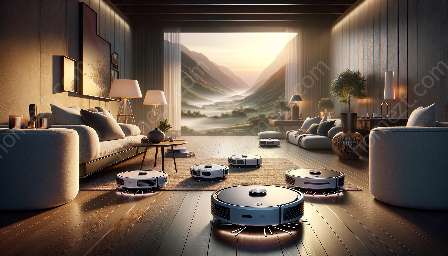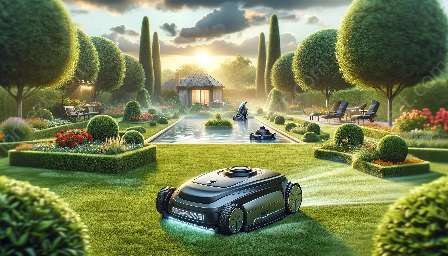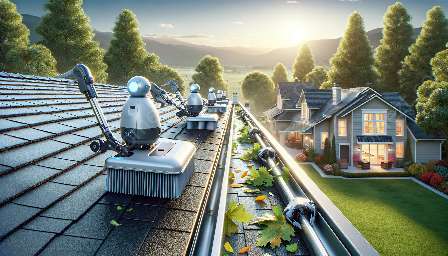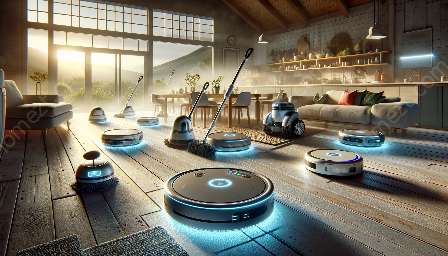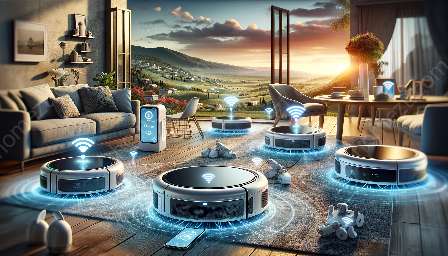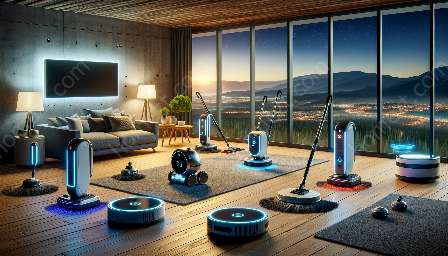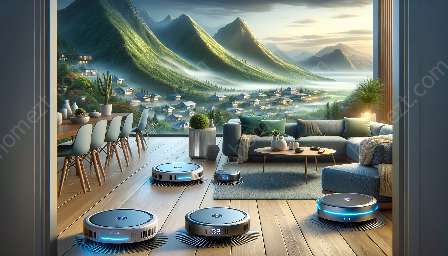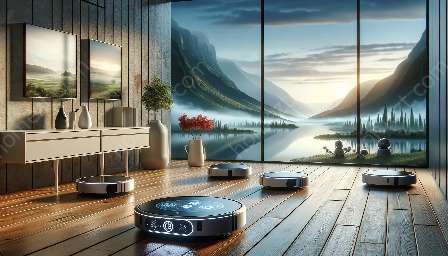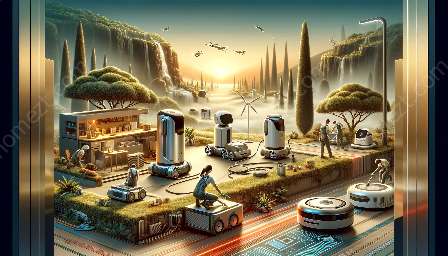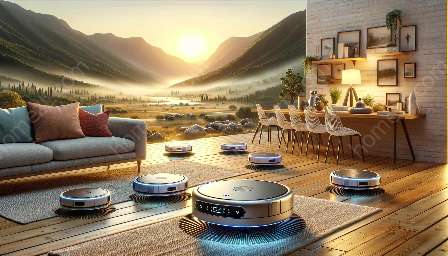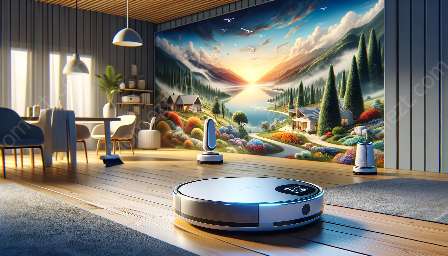Navigation and mapping technologies have become integral to modern life, enriching our experiences and reshaping entire industries. From GPS to digital mapping, these technologies have revolutionized how we navigate the world and interact with our surroundings. In this comprehensive guide, we'll delve into the fascinating world of navigation and mapping technologies, and explore their intersection with the realm of robotic cleaners. Join us on a journey to understand the inner workings of these innovative advancements and their practical applications in our daily lives.
The Evolution of Navigation and Mapping Technologies
The history of navigation and mapping technologies dates back centuries, with early tools such as compasses and astrolabes guiding explorers across land and sea. Fast forward to the present day, and we find ourselves immersed in a digital landscape where satellite-based systems and advanced mapping algorithms pave the way for seamless navigation and location-based services. Global Positioning System (GPS) stands as a shining example of this evolution, offering precise location data and route guidance to users worldwide.
Moreover, the emergence of indoor mapping and localization technologies has further expanded the scope of navigation tools, enabling us to navigate within complex indoor environments such as shopping malls, airports, and office buildings. These innovations have not only enhanced our ability to find our way in unfamiliar spaces but have also laid the groundwork for applications in robotics and automation.
Mapping Technologies and the Robotic Revolution
As we embrace the era of robotics and automation, mapping technologies play a pivotal role in empowering autonomous systems to perceive and navigate the world around them. Robotic cleaners, in particular, have harnessed the power of mapping technologies to revolutionize household maintenance and cleaning routines. Through Simultaneous Localization and Mapping (SLAM) algorithms, robotic cleaners can create and update maps of their operating environments in real time, allowing them to autonomously navigate spaces, avoid obstacles, and efficiently perform cleaning tasks.
These mapping technologies enable robotic cleaners to adapt to dynamic environments, effortlessly maneuver around furniture and objects, and optimize their cleaning routes for maximum efficiency. By leveraging a combination of sensors, cameras, and intelligent mapping algorithms, these robotic marvels are redefining our expectations of cleanliness and convenience in the home setting. The seamless integration of navigation and mapping technologies with robotic cleaners exemplifies the potential of synergy between cutting-edge advancements in disparate fields.
Unleashing the Potential of Navigation and Mapping Technologies
Looking ahead, the potential applications of navigation and mapping technologies continue to expand, offering new possibilities and solutions across a myriad of domains. From autonomous vehicles navigating complex urban landscapes to delivery drones charting efficient routes, these technologies are poised to transform transportation and logistics on a global scale. Furthermore, the fusion of augmented reality with mapping technologies opens doors to immersive navigation experiences, enriching our interactions with the physical world.
In the realm of robotics, navigation and mapping technologies serve as the bedrock for empowering robots to navigate spaces with precision and autonomy. The integration of advanced sensors, machine learning, and spatial mapping capabilities propels robots beyond predefined tasks, enabling them to interact with their surroundings dynamically and adapt to evolving scenarios.
As navigation and mapping technologies continue to advance, the potential for seamless integration with robotic cleaners, and other autonomous systems, holds promise for redefining efficiency, convenience, and user experience across various industries. By harnessing the synergies between these technologies, we embark on a journey towards a more connected, intelligent, and navigable world.

